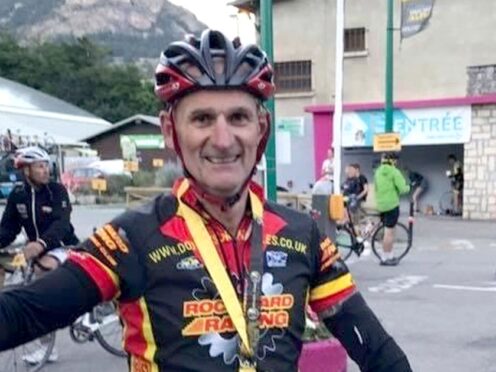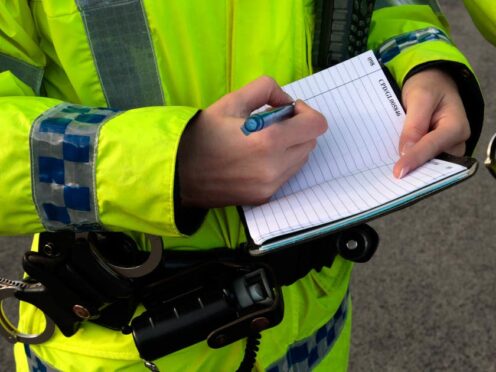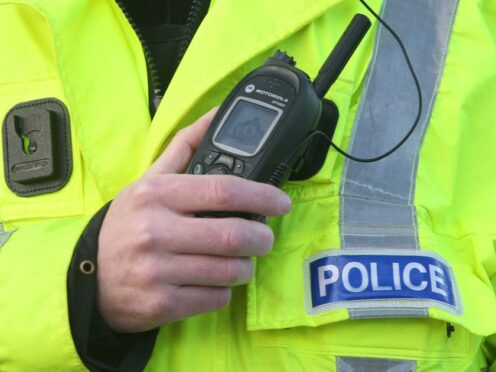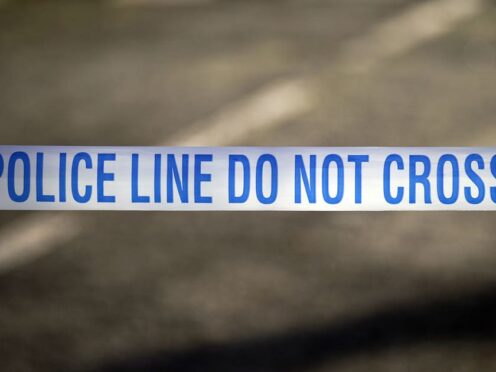One of Britain’s most wanted fugitives will not challenge his extradition from Spain after being arrested over alleged drug offences, it emerged yesterday.
Jamie Acourt, 41, was detained after he left the Metropolitan Sagrada Familia Gym on Friday.
Mr Acourt, who is from south London, was a former suspect in the racist murder of Stephen Lawrence in 1993 but has always denied any involvement in the teenager’s death.
He is wanted by the Metropolitan Police over his alleged involvement in the large-scale supply of drugs.
The National Crime Agency (NCA) said the organisation directed the Spanish authorities to his location in Barcelona.
Mr Acourt was the 81st fugitive out of 96 to be tracked down in Operation Captura.
An extradition process can be triggered after an EAW has been issued on an indictable offence which is punishable with at least 12 months imprisonment.
Guidance for Home Office staff on how to deal with the extradition of suspects states: “Extradition is a serious interference with a person’s liberty. You must only request extradition when it is necessary and proportionate because a person may be held in custody for months in the country receiving the EAW while it is decided whether to extradite them.
“The Human Rights Act (HRA) 1998 has protections to safeguard the rights of people who a country is applying to extradite.”
If the suspect agrees to their extradition, and there are no bars to it, the court where they have been arrested will order their surrender and return.
If they do not agree to go back to the UK, it will be up to the court to make a decision on surrender.
Mr Acourt has now reportedly accepted his extradition hearing in Madrid.
The extradition process could happen relatively soon because there will be no challenge.









